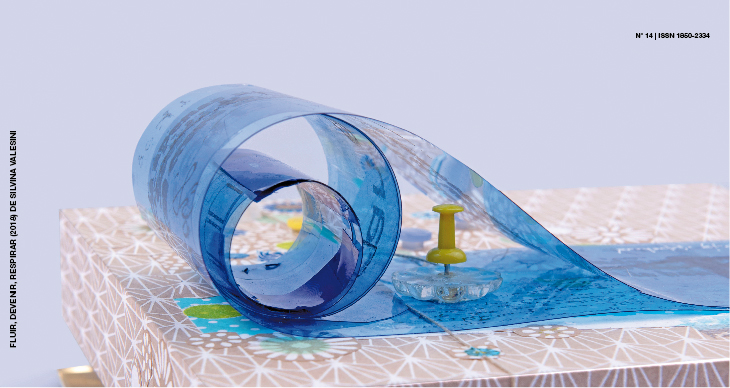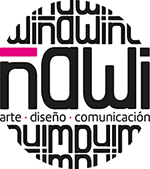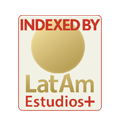The Construction of Discourse in Pop-Up Books. Text, Image and Movement
DOI:
https://doi.org/10.24215/24691488e017Keywords:
Pop-up books, discourse, image, movement, textAbstract
The purpose of this project is to analyze the resources (text, image and movement) ofcontemporary pop-up books to investigate the way in which the discourse is constructed.Pop-up books are editorial materials that have an integral construction that goes beyond thetext. They are objects in which harmony and energy reign. The discourse of pop-up booksis constructed on the basis of three pillars: text, image and movement. The relationshipbetween these elements will not only determine the reading possibilities of the book butalso the characteristics that the narrative, movement and textual resources (if there is text)will have to construct the discursive line.Downloads
References
Bonino, J. P. (9 de febrero de 2018). Libros pop up: cuando las historias cobran cuerpo fuera de la página. La Nación. Recuperado de https://www.lanacion.com.ar/2107657-el-libro-pop-up-un-mundo-para-descubrirnuevas-formas-de-disfrutar-historias
Bosh, E. y Durán, T. (2009). Ovni: un album sin palabras que todos leemos de manera diferente. AILIJ (Anuario de Investigación en Literatura Infantil y Juvenil), 7(2), 39-52. Recuperado de https://somiari.files.wordpress.com/2011/07/2009_bosch_duran_ovni.pdf
Calsamiglia, H.; Tusón, A. (1999). Las cosas del decir. Manual de análisis del discurso. Madrid, España: Ariel.
Durán, T. (2002). Leer antes de leer. Madrid, España: Anaya.
Espinosa, P. (2014). Sebastián García, editor de Libros del Zorro Rojo. Recuperado de http://www.fundacionlafuente.cl/entrevista-a-sebastian-garcia-editor-de-libros-del-zorro-rojo/
Hall, S. (1997). El trabajo de la representación. Londres, Reino Unido: Sage Publications.
Piccolini, P. (2009). La edición técnica. En L. De Sagastizábal, F. Esteves
Fros (comps.). El mundo de la edición de libros (pp. 117-137). Buenos Aires, Argentina: Paidós.
Rabasa, M. y Ramírez, M. M. (2013). Desbordes 2. Las voces sobre el libro álbum. Bahía Blanca, Argentina: Editorial de la Universidad Nacional del Sur. Ediuns.
Ramos, R. y Ramos, A. M. (2014). Cruce de lecturas y ecoalfabetización en libros pop-up para la infancia. Ocnos, (12), 7-24. Recuperado de https://www.revista.uclm.es/index.php/ocnos/article/view/522/pdf
Salisbury, M. y Styles, M. (eds.). (2014). El arte de ilustrar libros infantiles. Barcelona, España: Blume.
Verón, E. (2004). La semiosis social. Fragmentos de una teoría de la discursividad. Buenos Aires, Argentina: Gedisa.
Downloads
Published
How to Cite
Issue
Section
License
The acceptance of the manuscript by the magazine means the non-exclusive cession of the property rights of the authors in favour of the editor, who allows the reuse, after publication (post print), under a license Attribution-NonCommercial-NoDerivatives 4.0 International. According to these terms, the material can be copied and redistributed by any means or in any format as long as a) the author and original source of the publication are quoted (magazine and URL of the work), access to the license is provided and whether changes have been made is mentioned; and b) the material is not used for commercial purposes.
The cession of non-exclusive rights means that after the publication (post print) in Arte e Investigación the authors can publish their work in any language, means and format; in such cases it must be mentioned that the material was originally published in this magazine. Such cession also means the authorization of the authors for the work to be collected by SEDICI, the institutional archive of the National University of La Plata, and to be spread in the databases that the editorial team considers appropriate to increase the visibility of the publication and its authors.
Moreover, the magazine encourages the authors to deposit their productions in other institutional and thematic archives under the principle that offering the society the scientific and academic production without any restrictions contributes to a greater exchange of the global knowledge.


































